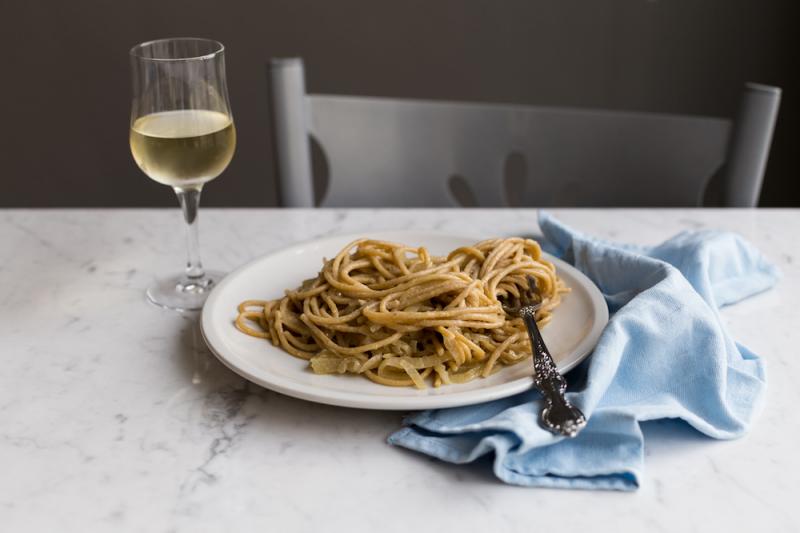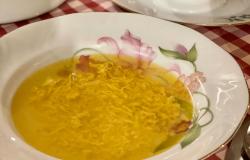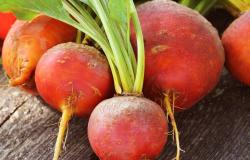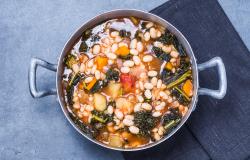Bigoli in salsa (Bigoli with Anchovies and Onions)

I've always joked that if I had to choose a desert island ingredient that it would be a very close toss up between the salt-packed anchovies and onions I nearly always have in my fridge and pantry, respectively. So when I first learned about bigoli in salsa - Venice's signature pasta dish - a couple of years ago I couldn't believe my luck. Here were two very different ingredients, ones that I feel make anything taste better, together in an irresistible combination of sweet and salty umami.
Bigoli (or bigoi in the Veneto dialect) are a thick, spaghetti-like pasta typical of the Veneto and eastern Lombardy. Thought to have been invented in the 1600s after a Paduan pasta maker designed and patented a bigolaro, a pasta press used to extrude bigoli and other pasta shapes, they soon became the typical pasta in the Venetian Republic. Generally, bigoli were made by combining flour (generally whole or buckwheat) and water, kneading the dough and pressing it through the bigolaro. However, when times were less lean, protein-rich eggs - often from the anatre mute or Muscovy ducks that populate the Venetian lagoon and Po Delta – were sometimes added too.
These days, bigoli are available fresh or dried, wholewheat or white. Common condimenti or sauces for this pasta in the Veneto region include Padua and Vicenza's duck ragù and Venice's humble yet sublime salsa of anchovies and onions. Typically consumed among locals on giorni di magro (fasting days) such as Christmas Eve, Ash Wednesday and Good Friday, you'll now find bigoli in salsa served year-round in local osterie and restaurants.
Unless you have a bigolaro or torchio da bigoli on hand for extruding bigoli, making your own pasta from scratch in this case isn't realistic. The average Italian home cook will generally have a hand-cranked pasta machine like this iconic Imperia oneat home for pasta-making purposes but not necessarily this incredibly specialised pasta-making tool, which is more typical of semi-artisanal pasta producers and industry these days. Sourcing quality, bronze-extrudeddried bigoli or thick wholewheat spaghetti is definitely your best bet. In the recipe below, inspired greatly by Valeria Necchio's and Paola Bacchia's, I call for dried bigoli.
Every local seems to have their own take on preparing this classic dish, with no two people making it exactly the same way. Some people still stick to using the sharper tasting salt-cured sardines, as opposed to anchovies, which were more commonly used in the past. I've also come across recipes which call for a higher proportion of salty anchovies than onions. Others - and I definitely belong to this school of thought - prefer to accentuate the sweeter notes of this dish and go for a preponderance of onions, up to nearly half a kilo in some cases. For those who'd really like to bring out the natural dolcezza or sweetness of the onions even more, I recommend doing as Valeria Necchio, author of Veneto, suggests in her cookbook, and add a teaspoon of ground cinnamon too. Adriatico author Paola Bacchia, who also uses a lot of finely sliced onion, suggests adding some vinegar towards the end of cooking time to offset the sweetness. Whether you add vinegar or add cinnamon, you can be sure that it is in the spirit of Venetian cookery, which is characterised by its combination of sweet and acidic, known in local parlance as dolcesgarbo. However, when times were less lean, protein-rich eggs - often from the anatre mute or Muscovy ducks that populate the Venetian lagoon and Po Delta – were sometimes added too.
Ingredients (Serves 4)
Pour enough olive oil to coat the surface of your frying pan and heat gently. Add the finely sliced onions and cook on low to medium heat (about 8-10 minutes) or until very soft and transluscent, stirring frequently. Add the hot water, bring to a simmer and cover. Cook on low heat, uncovering the lid to stir occasionally, until the onions have almost fallen apart, about 25 to 30 minutes.
Now, if using salt-packed anchovies, soak in a bowl filled with cold water for 5 minutes. Drain anchovies on paper towels, split them in half and remove their spines, tails, guts and bones. You now have 12 fillets. If using oil-packed fillets, simply drain them of their preserving oil by blotting them on a plate lined with paper towels. Add the anchovy fillets to the onions and continue to cook over low heat , stirring, until the anchovies have disintegrated (about 10 to 15 minutes) into a creamy mush. Add a grinding of black pepper and if you like, a spoonful of vinegar and a pinch of ground cinnamon. Toss gently. With all those anchovies, you probably won't need much salt.
Meanwhile, bring a large pot of water to a rollicking boil. Salt the water and once it begins boiling again, add the bigoli. Cook the pasta until al dente (the cooking time will vary depending on what kind of pasta you use) and reserve a ladleful of starchy cooking water for the sauce. Drain and transfer to the frying pan with the sauce and raise the heat. Toss until the pasta is well-coated in the sauce, adding splashes of the reserved cooking water to loosen it if need be. Serve immediately





